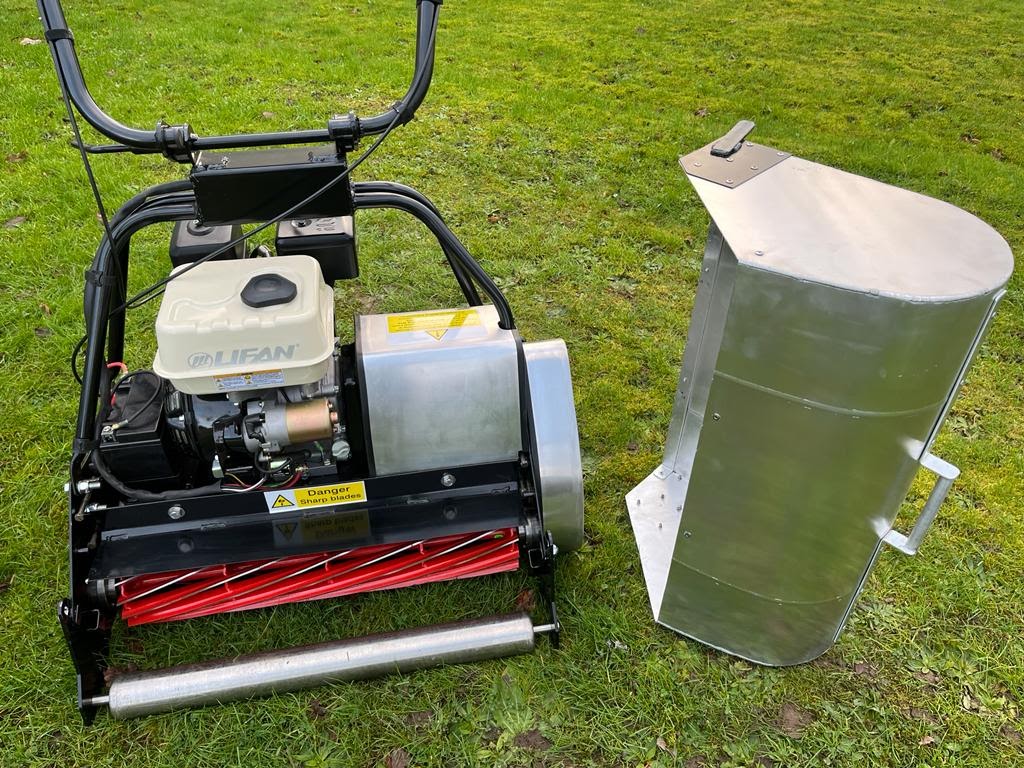|
Top Dressing
It is possible to lightly top dress problem areas during the playing season. To fill a dip you can apply a light dressing of sand of around 2mm. If you are mowing at 5mm, the top dressing won't smother it. A week or so later you can apply another 2mm and so it goes on. This way you can cure localised dips quite easily without disrupting play and seeding isn't usually necessary.For this purpose I use a round grained local soft sand which cost me £10 for 250kg. I collected it direct from the quarry in my trailer and bagged it in plastic rubble bags at home for future use., Top dressing is desirable to improve the flatness of the croquet lawn. The top dressing should be ordered from a specialist supplier and usually costs around £30 to £60 per tonne for 10 tonnes or more. A lot will depend on distance because much of the cost is in the transport. The best method of top dressing is to use pure sand but it must be of the right type - sharp sand must not be used under any circumstances because it can compact into an impervious layer. For this reason it is vital that you use a specialist top dressing supplier. If you need guidance please let me know. If the top dressing is for levelling purposes and will be applied thickly it is best to use a 70/30 or 60/40 mix of sand and loam. Top dressing should be done in the autumn. The method of application used at Letchworth and Newport Croquet Clubs is demonstrated in the video. |
|
|
NPTC certification
Safe use of pesticides PA1 and PA6 Certificate No 662856 Accreditation No 500/7103/8 Website design by
Moat House Media Ltd Copyright Moat House Media Ltd 2024 |

